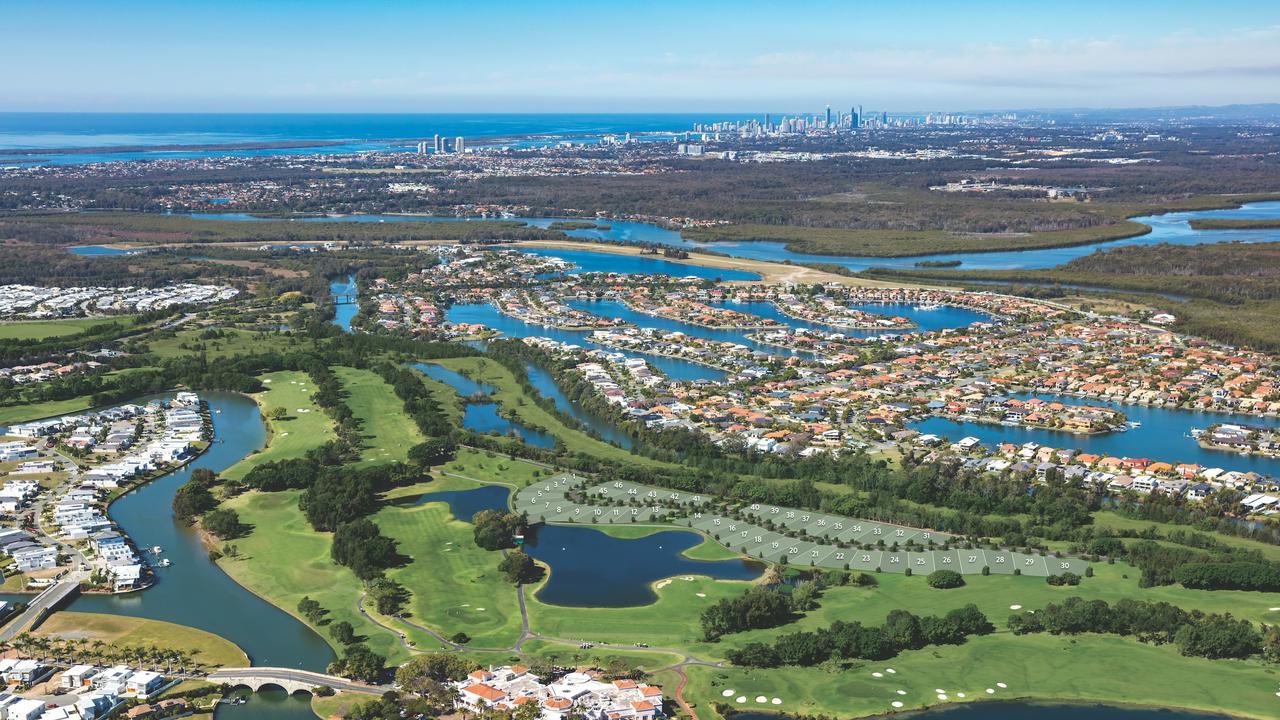Debates regarding urban density are common both within our community, and of course, online. New building are either too tall, not tall enough. Neighbourhoods are either too crowded or not bustling enough, local amenities are either not servicing the area, or making parking in the local streets impossible. So what is the Goldilocks zone when it comes to high-density housing?
Individuals disposition to favour or reject high-density housing can be due to so many factors, including income, lifestyle, upbringing and occupation just to name a few. Not to mention that one person’s definition of dense may be completely different to the next person. But with Brisbane continuing to evolve both in the CBD and middle-ring suburbs, gentrification is not so much a questions of if, but when. To help make sense of it all, we’ve developed a list of pros and cons to help residents decided whether high-density housing is good or bad for your area.
PROS
- High-density housing reduces the carbon footprint of individuals, as apartment living is both the most space conserving and energy-efficient way to live.
- High-density housing is much more affordable and helps to tackle many social issues like homelessness and housing affordability for young people in minimum wage jobs or single-parent families.
- Generally, when an area becomes denser with residences, the amenities of the area also improve, bringing more restaurants, gyms and services. Local businesses also tend to see an increase in revenue.
- High-density housing can improve transport options and the walkability of an area significantly.
CONS
- High-density housing if often said to affect the ‘character of the suburb’, meaning previously quiet streets with single or two-storey homes are now overshadowed by apartments buildings. (Overshadowed can be taken literally here, as one of the key impacts is apartment buildings blocking the sun from surrounding homes.)
- Streets become crowded and parking can become a significant issue. This is a notable consequence for the River City, as Brisbanites tend to live very vehicle-orientated lifestyle.
- An increase in high-density housing in an area can be associated with the destruction of open space and parkland. For high-density housing to minimise the environmental impact, it’s important for new apartment developments to make environmentally-friendly choices through all stages of the production.
Whether you’re an advocate for or protest against high-density housing, what’s most important to realise is that there are two sides to the same coin — while high-density development may seem inevitable, there area a number of ways the negative impacts can be minimised, while the entire community reaps the benefits that high-density housing can bring to an area.
Written: 12 April 2019, Updated: 22 January 2020


We would love to hear your thoughts on this project.
Have you visited this project recently, or perhaps you live nearby or bought in a neighbouring building? Tell us what you love about this project, or perhaps what you don't.